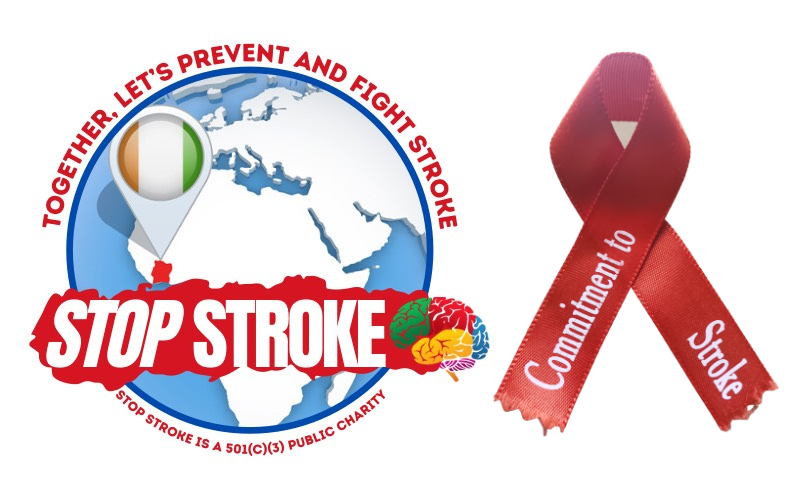Stroke
What is a Stroke?
A stroke is a medical emergency that occurs when the blood flow to the brain is disrupted, leading to brain damage, disability, or even death. The interruption of blood flow can happen due to a blocked blood vessel (ischemic stroke) or a ruptured one (hemorrhagic stroke). There is also a type of stroke called transient ischemic attack (TIA), a temporary disruption of blood flow to the brain.
Signs & Symptoms
Recognizing the signs and symptoms as soon as possible is essential to identify a stroke.
A stroke is a medical emergency. Know the symptoms, call 911 immediately, and save a life.
Every minute counts for a stroke victim.
Remember the acronym: BE FAST
B = BALANCE: Sudden loss of balance
E = EYES: Sudden vision changes
F = FACE: Sudden face drooping
A = ARMS: Sudden arm/leg weakness
S = SPEECH: Sudden slurred or garbled speech
T = TIME: Time is crucial. Call 911
Risk Factors
Modifiable: Refers to conditions that can be managed through medical treatment or personal efforts.
High blood pressure
High cholesterol
Diabetes
Atrial fibrillation
Smoking
Obesity and physical inactivity
Drug use
Unmodifiable: Refers to conditions that cannot be changed or controlled.
Age
Family history
Race
Prior TIA or Stroke
Prevention
Reducing the risk of having a stroke is possible by adopting healthy lifestyle practices like consuming a balanced diet, engaging in regular exercise, refraining from smoking, limiting alcohol consumption, managing stress, and regulating chronic conditions such as hypertension and diabetes.
Treatment
In the event of a stroke, it is essential to seek prompt medical attention, as doing so can increase the likelihood of successful recovery. Treatment for stroke may include administering medication to dissolve blood clots or performing surgery to repair impaired blood vessels.
Recovery
Recovering from a stroke can be a prolonged process, and undergoing rehabilitation, including physical therapy, speech therapy, and occupational therapy, can enhance functionality and overall quality of life.
Did you know?
Every year, more than 800,000 people in the US have a stroke
1 in 4 adults older than 25 will have a stroke in their lifetime
Every year, 15 million people worldwide suffer a stroke
Every 40 seconds, someone in the US has a stroke
87% of all strokes are ischemic strokes in the US
Stroke is responsible for over 6 million deaths annually worldwide
Every 3.5 minutes, someone dies of a stroke in the US
80% of strokes are preventable
References:
American Stroke Association
Centers for Disease Control and Prevention
National Institute of Neurological Disorders and Stroke
World Health Organization
Disclaimer
The information provided on this website All content found on the Stop-Stroke.org website, including text, images, videos, audio, or other formats, are for educational and informational purposes only and is not intended to be a substitute for professional medical advice, diagnosis, or treatment. Always seek the advice of a qualified healthcare provider with any questions you may have regarding a medical condition. Never disregard professional medical advice or delay seeking it because of something you have read on this website. Stop Stroke does not endorse or recommend any specific products, treatments, or therapies.
The content on this website is provided "as is" and without warranty of any kind, either expressed or implied, including but not limited to the implied warranties of merchantability, fitness for a particular purpose, or non-infringement. While we make every effort to ensure that the information on this website is accurate and up to date, we do not guarantee or warrant the reliability, completeness, or usefulness of any of the information. Stop-stroke.org, its affiliates, and its contributors shall have no liability for damages of any kind arising out of or in connection with the use of this website. By using this website, you agree to the terms of this disclaimer.

